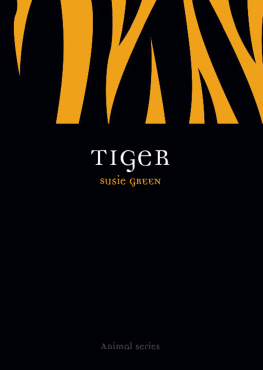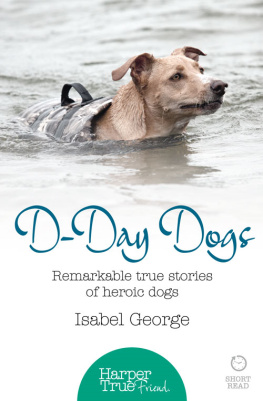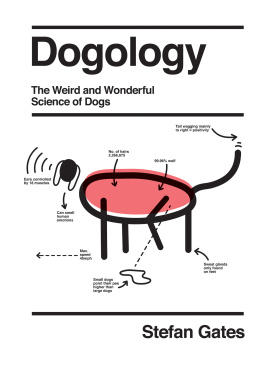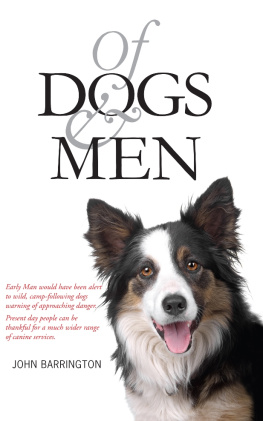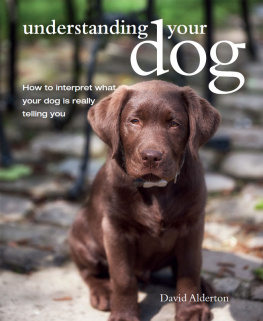Talk to
Your Dog

Talk to
Your Dog
How to communicate with your furry friend
Susie Green

This edition published in 2022 by CICO Books
An imprint of Ryland Peters & Small Ltd
2021 Jockeys Fields, London
WC1R 4BW
341 E 116th St, New York, NY 10029
www.rylandpeters.com
First published in 2005
10 9 8 7 6 5 4 3 2 1
Text Susie Green 2021
Design, illustration, and photography CICO Books 2005
The authors moral rights have been as-serted. All rights reserved. No part of this publication may be reproduced, stored in a retrieval system, or transmitted in any form or by any means, electronic, mechanical, photocopying, or other-wise, without the prior permission of the publisher.
A CIP catalog record for this book is available from the Library of Congress and the British Library.
ISBN: 978 1 80065 090 9
EISBN: 978 1 80065 144 9
Printed in China
Artworks by Trina Dalziel and Philip Hood
Design by Ian Midson
Art director: Sally Powell
Head of production: Patricia Harrington
Publishing manager: Penny Craig
Publisher: Cindy Richards
Photographs
Golden Labrador.


Poppy
For all my canine companions, past, present and future, and the wild spirit of the wolf which inhabits their beloved souls.
The greatness of a nation and its moral progress can be judged by the way its animals are treated.
Mahatma Gandhi (18691948)
CONTENTS

CHAPTER ONE
THE ORIGINS OF THE DOG
Dog. n. A kind of additional or subsidiary deity designed to catch the overflow and surplus of the worlds worship.
Ambrose Bierce, The Devils Dictionary (1911)
The puzzle of the domestic dogs ancestry has exercised the minds of pet-lovers for thousands of years and still does so today. At the end of the 20th century geneticists were convinced that all dogs, from the Pekingese to the Rhodesian ridgeback, had evolved from the intelligent, sociable, and self-sufficient wolf. Then in 2019 researchers at the Center for Palaeogenetics in Sweden began sequencing the DNA of an 18,000-year-old puppy preserved in Siberias permafrost, and were unable to determine whether it was wolf or dog. Potentially, it could be the common ancestor of both dogs and wolves.

Robert Wayne, Professor of Biology at the University of California Los Angeles (UCLA) discovered that the mitochondrial DNA (invaluable in tracking a species biological ancestors) in seven different dog breeds and the gray wolf were virtually identical, differing at most by 0.2 percent. As mtDNA only reproduces asexually through the maternal line, this means that originally they all came from the same maternal stockthe gray wolf, or perhaps tantalisingly the same common ancestor.

As David Mech, the worlds leading expert on wolves, puts it: Wolves are not just wild dogs. Rather, dogs are domesticated wolves. This does not preclude some genetic material from the wolfs other close relatives (see table, ) with whom sometimes it quite naturally interbreeds, producing fertile offspring. And of course, humans intervened from time to time by introducing wild blood into domestic stocks to increase hunting abilityas Great Plains American Indians did by periodically mating their dogs with coyotes.

How Did the Wolf Become Mans Best Friend?
Fifty-five million years ago the animals that we now class in the order Carnivora were far less specialized than they are today. However, as the millennia inexorably moved on, different creatures began to fill specialized ecological niches, developing the characteristics most useful to them as they did so. Felines developed tongues capable of rasping flesh from bone which they chewed carefully, and became ambush predators; canids evolved into co-operative pack hunters, whose teeth tore lumps of flesh from their prey, which they gulped down whole. It took around 45 million years for the wolf to come into being, and almost another ten million for the domestic dog to be curled up at his humans feet.

It would be almost another ten million years before the domestic dog was curled up peacefully at his humans feet.
Although hugely adaptable omnivores, both wolves and humans are at heart ruthless predators competing for the same prey, be it hare or bison, so it is not surprising that they inhabit the same geographical areas or that they eventually developed a symbiotic relationship. Their bones have been found in close proximity from 400,000 years ago, but the exact nature of their relationship remains speculative. For the wolf there were distinct advantages to lurking in the environs of hominid (any member of the primate family hominidae which includes man and his fossil ancestors) encampments. They were less likely to be harassed by predators more fearsome than themselves, such as the giant sabre-toothed cats; the pressure of the their 1000-pound-per-square-inch (200kg/cm2) jaws could easily crack open juicy bones impenetrable to the puny hominids; and there was the added bonus of hominid excreta to devour.
Wolves, dogs, and pigs have far more efficient digestive systems than humans, which allow them to extract nutrition from human and animal waste. Many contemporary people are disgusted when their dogs eat excreta and this behavior, labeled as having a depraved appetite, means that the poor canine is often roundly chastised. However, although sophisticated urban humans now find this perfectly natural behavior repulsive, we should remember that wolves, dogs, and pigsboth in the past and now in areas such as rural Indiahave done man a great service by acting as a flesh-and-blood sewage system, a characteristic that was clearly not lost on ancient man, who kept those animals close by.
Close Relatives of the Gray Wolf
This table shows all the members of the Order Carnivora including the Family Canidae (dogs, wild dogs, wolves, and jackals)the same Order and Family as the gray wolf. Canis, lycaon, and cuon all possess 78 stable diploid chromosomes, a fact that allows these members of the family to interbreed and produce fertile offspring. Members who can interbreed are shown above the dotted line. Below the line we see other members, including foxes, of the


